



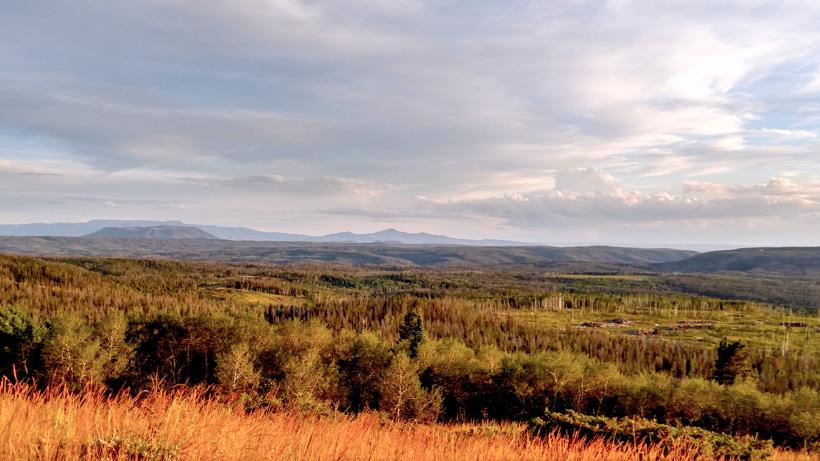

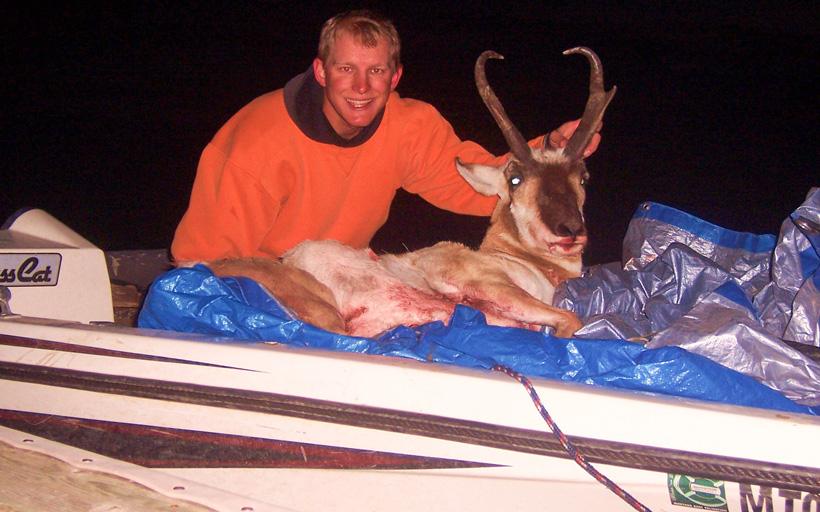
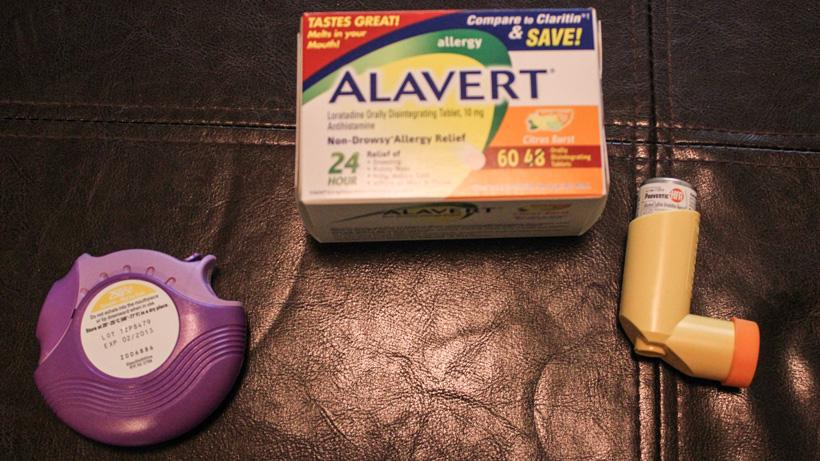

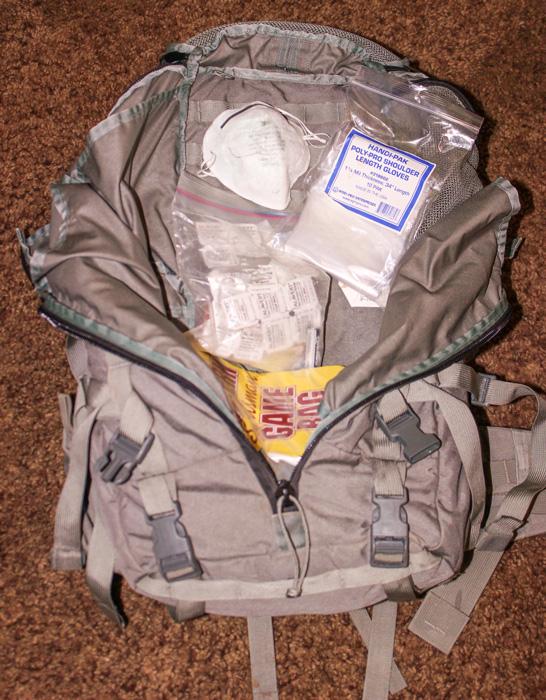
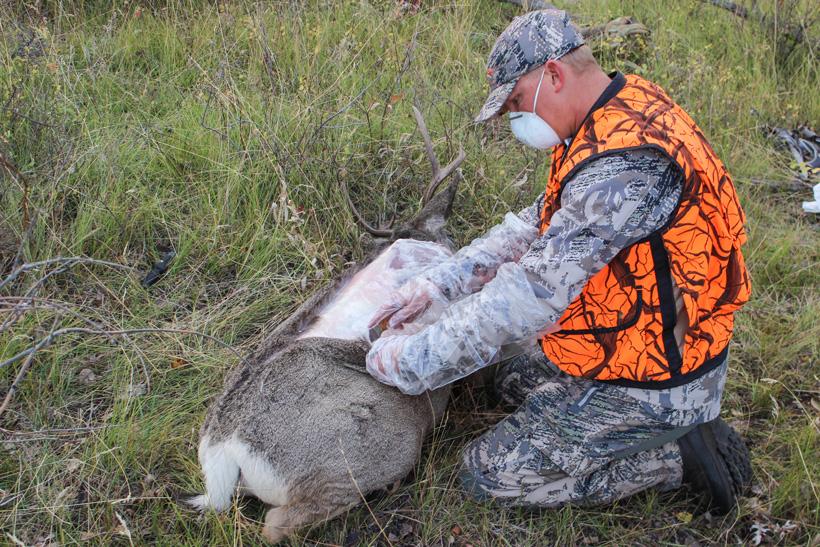
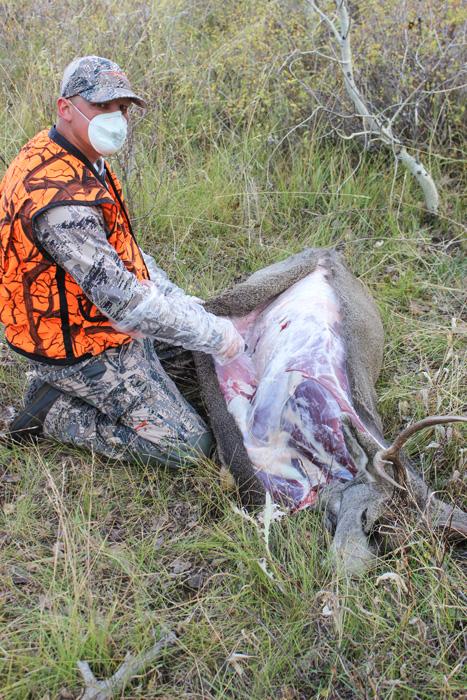
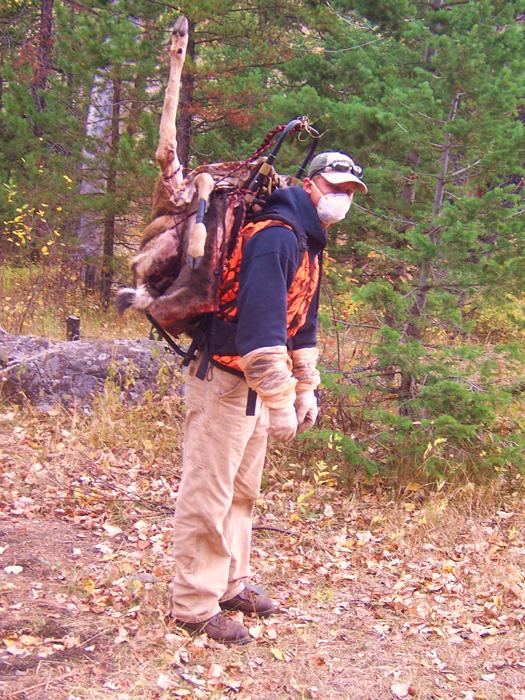
I love hunting! I live for it. It’s one of the most important things in my life, right next to breathing. Until that moment when I’m hunting and I suddenly can’t breath, which is where my story begins.
I remember it vividly. I was in seventh grade. My sister had just shot a mule deer buck in southeastern Montana and our dad couldn’t have been more proud. The three of us walked down to the deer, tagged it, dressed it and dragged it back uphill to the truck. For the next week, my eyes were swollen shut. It looked like I had golf balls underneath my eyes. This was my first experience with what would be the start of a lifelong allergy to deer hair.
Most people understand what allergies are. According to WebMD, allergies are an abnormal response of the immune system. People who have allergies have an immune system that reacts to a usually harmless substance in the environment. This substance (pollen, mold, and animal dander (cats, dogs, deer, for example) is called an allergen. Allergies are very common, affecting at least two out of every 10 Americans. Allergies to deer hair is more common than you may think. A study conducted by the University of Wisconsin on 12 allergic hunters concluded that deer sensitivity may pose a risk to hunters who inhale deer hair or touch the animals' hair, saliva, blood or urine.
Over the years, I have developed allergies to deer, antelope, elk, grasses, sage and conifer trees. Basically, I’m allergic to hunting.
Whether it’s the mountains or the plains; the grasses, sage and pine trees stuff my nose up and irritate my eyes. Fortunately, these allergies aren’t life threatening, just a major annoyance.
Yet as my allergies progressed to elk and then antelope, they were also becoming worse overall. It was more than irritation and a runny nose now. Deer, elk and antelope were closing my airways and making it impossible to breathe. Which is a very scary situation!
My antelope allergy made itself known when I fulfilled a dream of boating into a hunting area and harvesting an antelope. Almost immediately after dressing the buck out my lungs began to feel tight. It was only a 300 yard drag to the water, but I was five miles from my boat and by myself. I was scared and I started panicking. It took time to get back to the boat and the fresh air helped. I got to the boat, drove around and loaded the antelope into it. I then boated seven miles back to the ramp in the dark. By the time I got to the ramp, I could barely breath and, by the time I got back to the house 45 minutes later, I dropped the boat and drove myself to the emergency room.
Something had to change. I was frustrated, embarrassed and scared. How could I ever hunt by myself? After seeing several specialists and diagnosing how I was ingesting the allergens, we started trying new things.
The first step was being prescribed the right medications. Some medications were taken daily to build up tolerances; others were taken during allergy/asthma attacks. ***Please consult with your doctor before trying to diagnose your allergy problems.***
The next step was identifying how I was ingesting these allergens. It was no surprise that the allergens were entering into my body three different ways: absorption through my skin, via my respiratory tract, and through my mouth, nose and eyes. The next step was figuring out how I could prevent myself while in the field from ingesting these allergens. For skin absorption, we found that long veterinary gloves would help cover any bare skin. To block the respiratory, I began using a lightweight packable dust or painter’s mask. It was difficult to completely eliminate eye contact; sunglasses seemed probable and, sure enough, they work.
My pack always has a few more items than a normal hunter’s pack. I carry at least one dust mask to prevent inhalation of allergens through my mouth and nose. I carry long sleeve rubber gloves to prevent any allergens from being absorbed through my skin. I also carry allergy pills such as Alavert or Claritin.
I am a typical DIY hunter. I often hunt alone. I leave the truck well before sun up and hike miles away from the nearest roads. But once an animal is on the ground, that’s where I am anything but normal. First, I take a couple of allergy pills (Alavert or Claritin). Then take a few pictures. Before I proceed to skinning or gutting the animal, I put my dust mask and rubber gloves on.
This process has allowed me to hunt, harvest and process my animals without the worry or stress of an allergic or asthmatic reaction.
I pack out my harvest all geared up with my allergy gear! It’s definitely not a fashion statement, but it allows me to hunt. For years, my allergies were embarrassing. Yet, as time goes by, I have met a surprising number of hunters who suffer through the same things that I once did. Hopefully my process and equipment will help out other hunters.